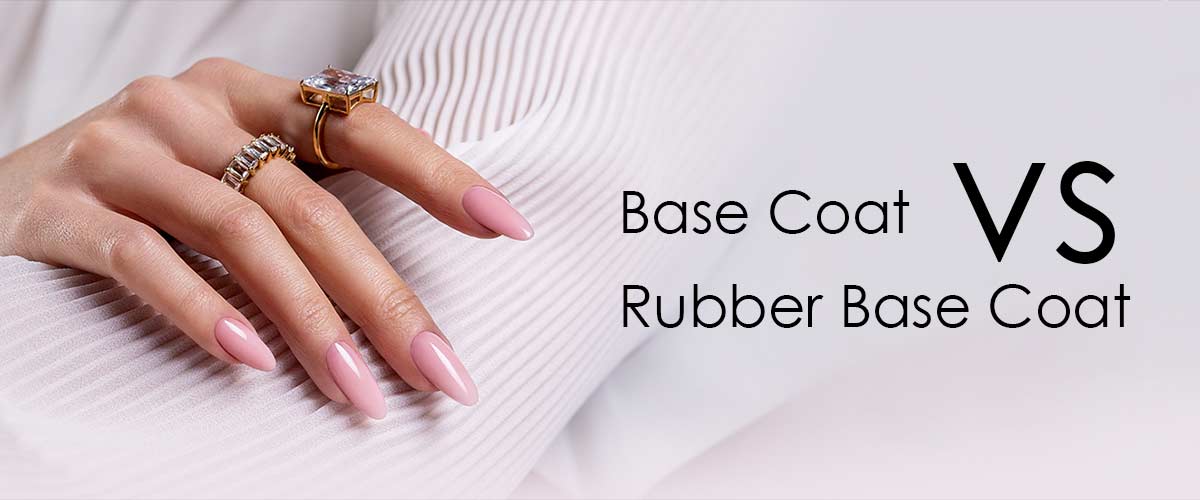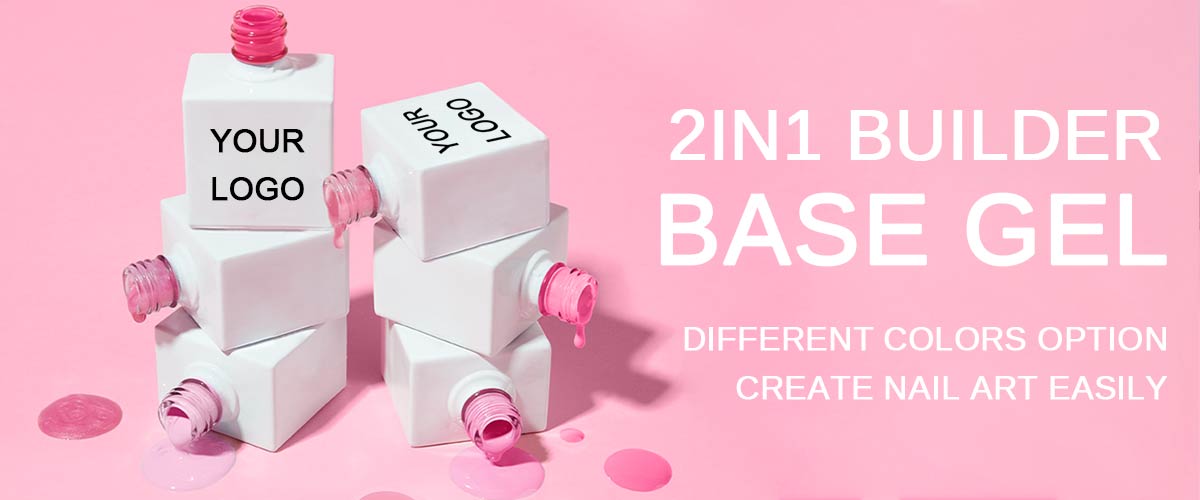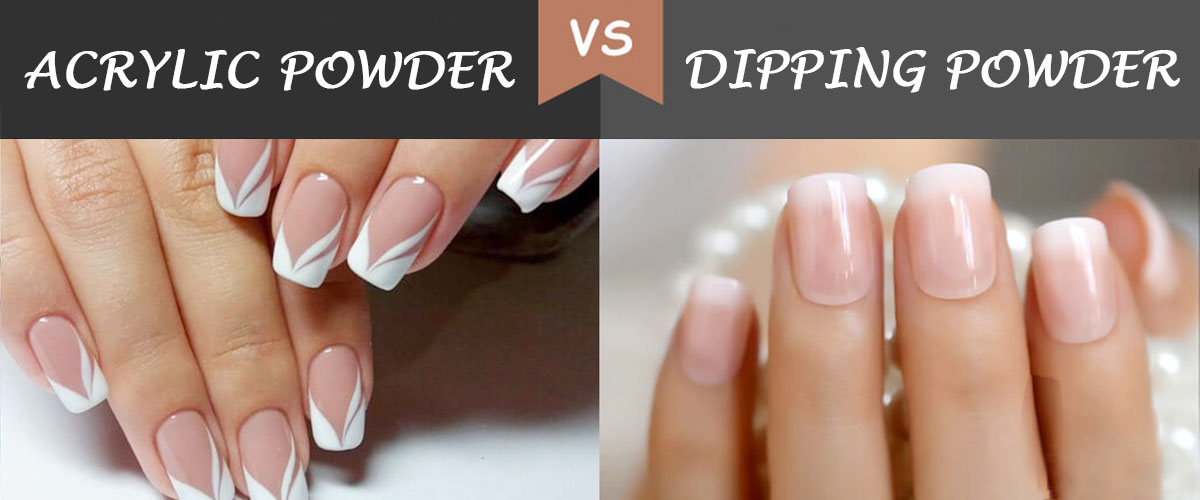Understanding the Key Differences for Nail Salons and Wholesalers
In the world of professional nail care, a strong foundation is key to achieving long-lasting, high-quality nail art. That’s where base coats and rubber base coats come in—essential products for ensuring superior adhesion, strength, and durability of color gel and other nail products. These base layers not only enhance the appearance of the nails but also ensure that nail art stays intact for weeks. For nail salons, wholesalers, and distributors, understanding the differences and benefits of base coats is crucial for offering the best products to clients.
What is a Base Coat and Why is it Important?
A base coat is a fundamental layer applied to natural nails before any color gels, gel builders, or poly gels. It provides a smooth surface for better adhesion of nail products, helping to prevent lifting and promoting long-lasting wear. This layer is vital for ensuring that nail art can stay intact without chipping or peeling for up to a month, making it a must-have in every nail salon.
In addition to its primary function of adhesion, the base coat also works to protect the natural nails, preventing staining from color gels and other treatments.
Features of Base Coats and Rubber Base Coats
Base coats and rubber base coats both offer several key features that enhance the quality and longevity of nail art, making them ideal for use in professional salons and for wholesale distribution. Here are the primary features:
- Soak Off Formula: Both base coats and rubber base coats come with a soak-off formula, making them easy to remove when it’s time for a fresh set of nails.
- Curing Under UV/LED Lamp: These products require curing under a UV/LED lamp, ensuring that the base layer sets properly for long-lasting results.
- Improved Adhesion: Both base coat types significantly improve the adhesion between the natural nail and the color gel polish or other nail products, reducing the likelihood of lifting or chipping.
- Durable and Shiny Finish: After curing, both base coats provide a strong, durable foundation that enhances the shine and longevity of the top layers.
- Vegan and Cruelty-Free: Made from natural resin ingredients, base coats are often vegan-friendly and cruelty-free, appealing to modern customers who care about the ethical sourcing of beauty products.
Base Coat vs. Rubber Base Coat: Key Differences
While both base coat and rubber base coat serve similar functions, there are distinct differences that can affect your choice depending on customer needs, nail type, and the type of service being provided. Below are the key differences:
1. Viscosity and Consistency
- Base Coat: Base coats typically have a low viscosity and regular consistency. This allows for an even application that provides a clear foundation for color gel, builder gels, and poly gels. It is easy to apply and ideal for a variety of nail types.
- Rubber Base Coat: Rubber base coats have a medium to high consistency, offering a thicker and more flexible formula. This feature makes rubber base coats a better option for clients with natural nails that are more flexible or prone to breaking. It provides more support and flexibility, ensuring that the product moves with the natural nail rather than against it.
2. Flexibility and Durability
- Base Coat: While traditional base coats offer excellent adhesion, they lack the added flexibility that rubber base coats provide. They are great for standard nail applications and offer good durability for up to a month.
- Rubber Base Coat: One of the standout features of rubber base gel is its elasticity. The additional flexibility allows it to bend and flex with the natural nail, making it a great option for clients who have more flexible nails or who are looking for extra strength. This increased flexibility also reduces the likelihood of cracking or breaking, resulting in a longer-lasting manicure.
3. Color Options and Application
- Base Coat: Typically available in a clear color, base coats are designed to act as a neutral base for any color gel or nail art. It offers a clean, transparent layer that doesn’t interfere with the final look.
- Rubber Base Coat: Rubber base coats can come in clear or various colors, including nude shades that are perfect for French manicures or other minimalist nail designs. The colored rubber base gels can be used as both a base coat and a color gel, offering versatility in nail design.
4. Cost and Price Range
- Base Coat: Traditional base coats tend to be more affordable, making them a cost-effective choice for salons and wholesalers who need to stock up on large quantities. They provide great value for money while still ensuring strong adhesion and a flawless finish.
- Rubber Base Coat: Rubber base coats are typically more expensive due to their added flexibility and thicker consistency. However, they are worth the investment for salons offering specialized services for clients with flexible nails or those looking for enhanced durability and comfort.
Which One Should You Choose for Your Salon or Wholesale Business?
The choice between a regular base coat and a rubber base coat largely depends on the specific needs of your clients and the services you offer. Here are some recommendations for both salon owners and wholesalers:
For Nail Salons: If your clients have natural nails that are relatively strong and not prone to bending, a regular base coat will suffice for most applications. However, if you specialize in clients with flexible or brittle nails, or if you offer poly gel nails or builder gel nails, a rubber base coat will be the better choice.
For Wholesalers and Distributors: Offering both types of base coats ensures that you cater to a broad range of businesses, from small nail salons to large distributors. Rubber base coats can be marketed as a premium product for salons that want to offer a more advanced service, while traditional base coats remain a solid choice for budget-conscious businesses.
Conclusion
Both base coats and rubber base coats are indispensable products in the professional nail industry. For nail salons and wholesalers looking to offer top-quality products, understanding the key differences and applications of each will help you make informed decisions about which products to stock or use. Whether you’re catering to clients seeking durability and flexibility or offering basic yet reliable adhesion, both options are vital for a successful nail care business.
Click to view more base coat categories:



